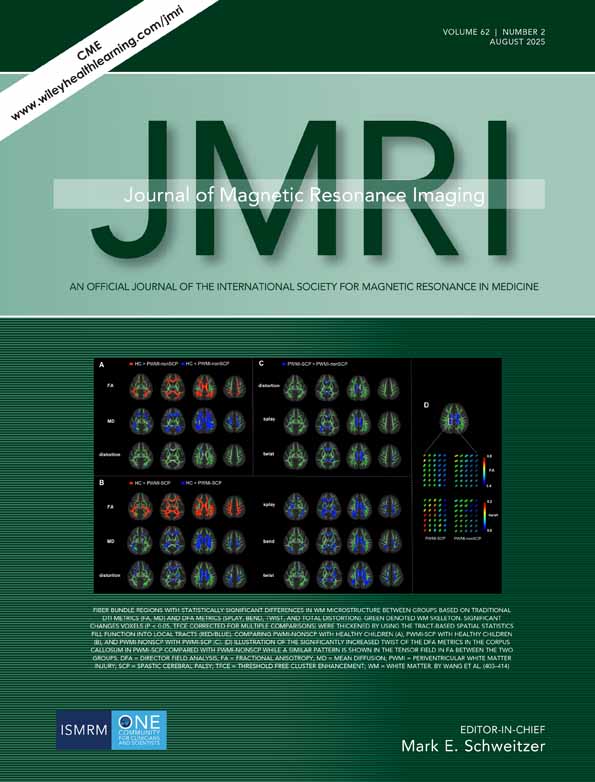Abstract
This study attempted to assess the accuracy and potential of lung magnetic resonance (MR) perfusion imaging compared with perfusion scintigraphy in the evaluation of patients with suspected lung perfusion defects. The technique, which uses an inversion recovery turbo-FLASH sequence with ultra-short TE (1.4 msec), was tested in 24 patients suspected clinically of having acute pulmonary embolism (n = 19) and in patients with severe pulmonary emphysema (n = 5). Perfusion lung scintigraphy was performed within 48 hours prior to the MRI examination in both groups of patients. The dynamic study was acquired in the coronal plane and consisted of 10 images of 6 slices (a total of 60 images per series). Gadopentetate dimeglumine (0.1 mmol/kg) was manually injected as a compact bolus during the acquisition of the first image. Three senior radiologists reviewed all unprocessed two-dimensional coronal sections. They were blinded to clinical data and other imaging modalities. For the three observers, the average sensitivity and specificity of MR were 69% and 91%, respectively. The overall agreement between MR and scintigraphy appears to be good, with a good correlation between the two modalities (kappa = 0.63). However, the data showed variability depending on the location of the perfusion defect, with higher accuracy in the upper lobes. The agreement between MR perfusion and scintigraphy appears to be moderate in the left inferior lobe (kappa = 0.48). The data showed an overall good interobsever agreement (kappa = 0.66). MR perfusion of the lung is a promising technique in detecting lung perfusion defects. J. Magn. Reson. Imaging 1999;9:61–68 © 1999 Wiley-Liss, Inc.




